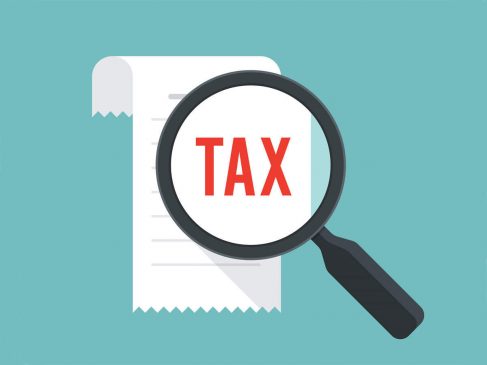To facilitate the employer to deduct tax at source (TDS) from salary, employees need to declare their tax-saving investments in the beginning of every financial year, i.e. in April.
But this year, the nationwide lockdown, that has been imposed in the third week of March 2020 to contain the spread of highly contagious COVID-19 has caused delay in submitting the investment declaration.
Moreover, in the last budget, Finance Minister Nirmala Sitharaman had declared a New Income Tax Regime having more tax slabs with lower tax rates up to the income of Rs 10 lakh, which may be opted by anyone in place of the existing Old Income Tax Regime.
So, submission of declaration has become more important this year, as in the absence of the choice of Income Tax Regime, employers can’t start deducting TDS on the basis of the last year’s declarations and investment proofs.
As per the ordinance issued by the government, it is mandatory for employees to choose the Income Tax Regime at the start of the year and the same will be continued till the end of the year.
With the March deadline having already missed in Corona confusion, employers may disable the option to choose Tax Regime after the May payroll for all the existing employees.
Once opted for, an employee can’t change the tax option during the year, however, they can change it at the time of filing of Income Tax Return (ITR).
So, you need to calculate your gross total income without any deductions and also to calculate total deductions taking into consideration applicable benefits like — tax-free part of HRA, home loan interest, standard deduction, 80C benefits, health insurance premium u/s 80D, voluntary contribution to Tier 1 Account of NPS u/s 80CCD(1B), deduction u/s 80TTA/80TTB, donations u/s 80G, etc.
Once you calculate gross income and total deductions, you may visit the Income Tax India e-filing site and go to ‘Tax Calculator FY 2020-21’ section on the left panel and get the comparative tax liabilities under both Old and New Income Tax Regimes by selecting age category and putting the figures of Estimated Annual Income and Exemptions / Deductions (as per the Old Regime).
After comparing the tax liabilities under both the Income Tax Regimes, you may select the Regime with lower tax liability to ensure that lesser tax is deducted at source (TDS) from your salary.
In case you fail to select the Income Tax Regime with lower tax liability within the given timeline, tax will be deducted as per the Old Regime on default basis, even if the tax liability is more under it, and no further tax option would be provided to you during the year.
So, if you fail to select the Income Tax Regime with lower tax liability on time, you may end up paying higher tax through TDS, in case the tax liability under the Old Regime is higher.





































